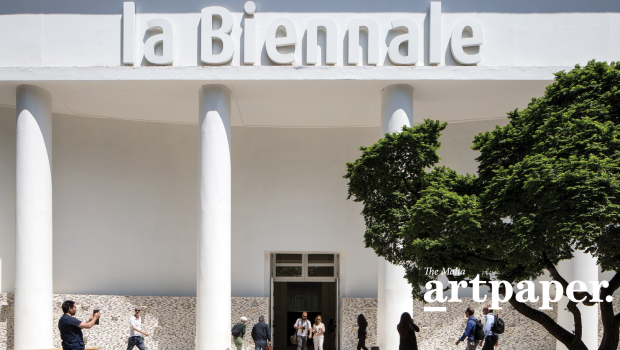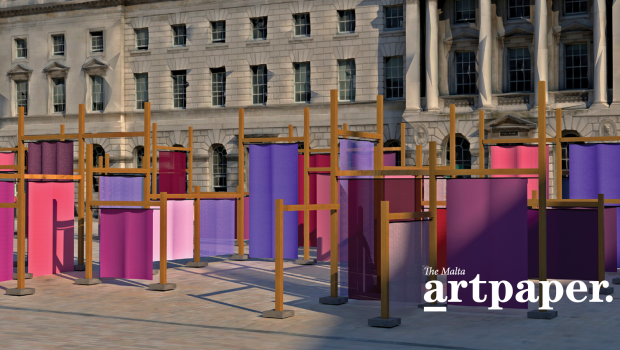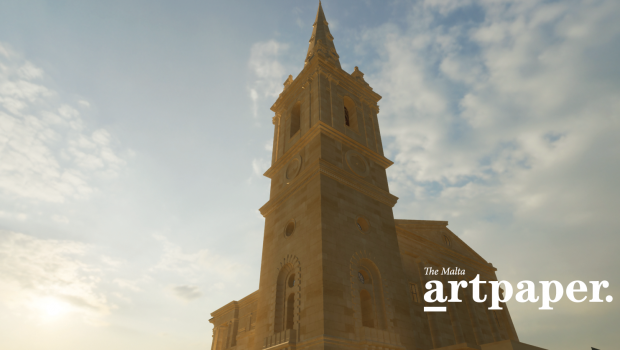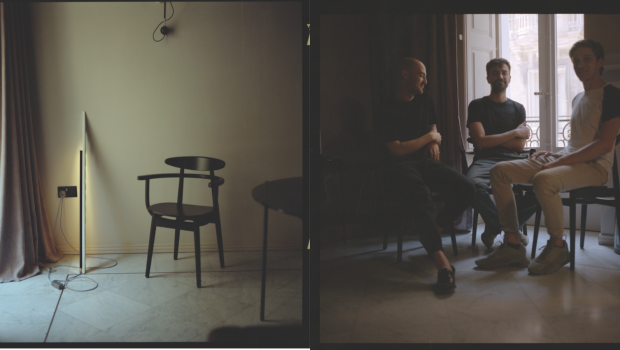Architecture and Poetry
“Buildings should be just like poems. The impression a building makes on our senses should arouse feelings” Étienne-Louis Boullée

Etymology
In attempting to establish a relationship between architecture and poetry, it seems appropriate to first of all investigate the origins and meanings of the two respective disciplines: architecture from the Greek arkhitekton, arkhi (master) and tekton (building) and poetry from the Greek poieses (to make).
From the etymology of the words it is clear that the two disciplines are involved in a process of making and building, ie creating. However, the materials and methodologies employed are different: building materials for architecture and words for poetry. Yet, both share the aim of enchanting and elevating the human spirit. Architecture and poetry also share the qualities of precision, metrics, structure and rhythm as essential constituents in both their creative process and manifestation. Also common to both is the play of contrasting opposites: solid and void in architecture, sound and silence in poetry.
Poetry
Poetry, not unlike architecture, is also about building: building with words and sculpting with sound. It is about the taste of words and the intermittent voids and silences of the pauses, a crossover between sound and silence. One reads not only what is written, but also that which is not written: the words between the lines and the invisible words too; the heard and the unheard, the said and the unsaid.
It is how musical and meaningful the poet can make these passages that elevates his or her work from the realm of prose to that of poetry, in the same way that an architect can make a building lift the spirit and enchant its users. The true poet casts a web of magic that has the capacity to carry the reader away, just as the true architect caps into his building human emotions in order to lift up the hearts of its users.
Architecture
The earliest definition of architecture, ‘Firmitas, Utilitas et Venustas’ by the Roman architect Vitruvius, clearly indicates the quality necessary to elevate construction to the realm of architecture. The first two qualities imply a correct building construction methodology and the manifestation of the materialistic functions of the building. The quality of ‘Venustas’ ( beauty), is that which moves our heart and raises the building from construction to architecture. Architecture must therefore extend structural stability and materialistic function to transcend its physical dimensions and measurable limits and ignite a spark in the heart of its users.
Maladies of contemporary architecture
It is the loss of enchantment and poetry in much of today’s architecture that has caused the public to fall out of love with architects, architecture and the built environment. In today’s turbulent world, devoid of the spiritual, where we know the price of everything and the value of nothing and all is measured in monetary terms, architecture has become a commercial, self-indulgent, stylistic brand focused solely on novelty, appearance and monetary profit. Architects today must still remember that the ultimate scope of architecture is to serve people, accommodate their needs and elevate their spirit.
Remedies and redemption
Architecture today needs redemption in order to once again nourish human existence. There are architects, however, who in both their works and writings, still strive for enchantment and poetry. Emilio Ambasz reminds us that “architecture is giving poetry to the pragmatic”, as does Tao Ho, who emphasises that “architecture must still elevate our spirit”. Luis Barragan, perhaps the 20th century’s most poetic architect, always strove for “beauty and emotion” in his work. This quest for enchantment in architecture is a parallel quest in poetry evident in the writings of many a poet. William Wordsworth tells us that poetry is about the “overflow of powerful feeling”, as does also the 20th century poet Robert Frost “poetry must reach the eye, the ear and most importantly, the heart.”
Permanence vs transience
Architecture and poetry differ radically in the extent of their longevity and permanence. Architecture much thought of as being finite and built to last, is in fact the most temporary and transient of all the arts. Once the architect hands over the building to the client, ownership is lost and the building undergoes additions, changes or even possible demolition if monetary profit looms on the horizon. On the other hand, poetry remains permanent and unchanged as Shakespeare emphasised: “not marble, nor the gilded monuments… will outlive this powerful rhyme”. As in the other arts of painting, sculpture and literature, poetry forever retains its author’s authenticity – untouched and untainted.
Architecture and poetry – the human response
Architecture as outlined in Juhani Pallasmaa’s publication The Eyes of the Skin is engaged by all the human senses, while poetry is experienced visually and aurally. As an architect who writes poetry, I am particularly interested in the way words occupy the space on the page in a form of visual geometry; perhaps due to an early penchant for Concrete Poetry. Poetry is about the phenomenology of the experiences transmitted by the poet through the precise structure and rhythm of the poem and the poet’s expressive imagination. Architecture is also more about phenomenology: how space is experienced and how a building can transcend its physical dimensions and measurable limits to the immeasurable. Both require craftsmanship and skill in the making and both are disciplines concerned with the manifestation of an imagined idea into reality. The essence of both architecture and poetry is not so much about what the building or the poem is about, but what emotional effect the edifice or poem can have on users and readers.
Reciprocal inspiration
Both poetry and architecture, as stated before, rely on precision: the former in harmony with number, the latter in harmony with measure. Metrics and measure are common to both. It was Thomas Hardy who said “poetry is emotion put into measure”. Poetry and architecture can also serve as reciprocal inspirational sources. Great poetry has been inspired by architecture, as for example, in the works of Coleridge, Wordsworth, Hardy and Eliot, and architects have also used poetry as a source for their inspiration.
Conclusion
While the relationship between architecture and poetry remains nebulous, it is obvious that the two disciplines share many parallels, including that of the ultimate aim of evoking emotional meaning through lyricism. Both can exalt us, make our hearts leap and touch our soul. The ultimate aim of architecture remains perhaps best expressed in the words of master architect Alvar Aalto: “every product of architecture should be a fruit of our endeavour to build an earthly paradise”. In relation to poetry, Richard Garnett’s 1897 statement that the poet’s objective is “to create a perpetual feeling of enchantment” is equally significant.
The words of architect-poet John Hejduk who, when Dean of the Cooper Union College in New York, introduced poetics and poetry as part of the architectural course curriculum: “architecture and poetry, in the end …are life-giving” provide an apt conclusion.








